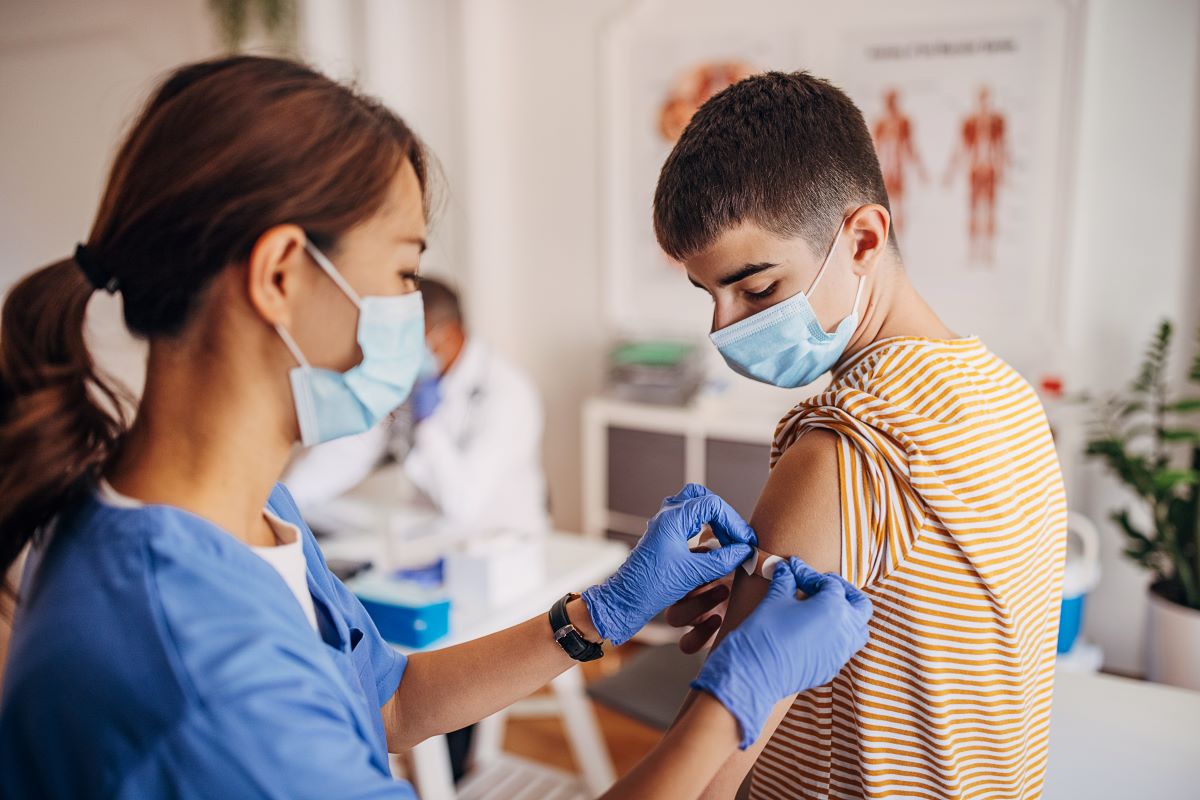
Local organizations, which are often closest to their own community’s health challenges, are best positioned to provide effective solutions. In the second year of a partnership between the AAMC and the Centers of Disease Control and Prevention (CDC), the five Building Trust and Confidence Through Partnerships subgrant awardees are reflecting on what they have learned so far. They offer advice and suggestions to other organizations seeking to build vaccine confidence and trust and to improve community health:
- As a given project gains momentum, more local organizations may be interested in joining forces. Adding more partners is a great way to expand reach — and longevity — within your community. Expect that new partners may require additional funding, especially from larger institutional participants.
“Community partners need adequate support from large institutional partners.”
— Washington State University Elson S. Floyd College of Medicine
- Public health materials that are co-created by project partners are among the most relevant, authentic, culturally sensitive, and meaningful to the community.
- Broad partnerships mean that all partners benefit from an expanded library of shared outreach materials.
- Engaging community members virtually is a challenge. In-person events are better suited to establishing relationships and building trust.
“In-person events tend to be more successful than virtual ones, especially if you include several incentives like health screenings and giveaways.”
— Albert Einstein College of Medicine
- Including multiple public health services at in-person events, such as blood pressure screenings alongside vaccination services, can help increase interest and attendance.
“COVID fatigue is real. We eliminated COVID-only booths at events in favor of general health booths.”
— University of Cincinnati College of Medicine
- Identify — and train — effective messengers and champions in your community, who will be seen as trusted voices.
- COVID-fatigue — due to information overload and frustration at ineffective communication — is a challenge. This can be overcome by incorporating vaccine information into broader health discussions, as well as training messengers in effective listening.
- Implementing a public health campaign amid changing or evolving public health guidelines is a challenge. Remain flexible in your outreach plans.
“It was a challenge to safely host events with participating faith-based congregations within ever-changing COVID prevention guidelines.”
— Henry Ford Health System
- As the emergency nature of the pandemic diminishes, health care partners are less focused on community-specific COVID-19 interventions, especially now that vaccines are widely available in all clinics. But the need for local education and trust-building remains.
“Being trustworthy, transparent, adaptable, and culturally sensitive was important for all partners involved.”
— Meharry Medical College